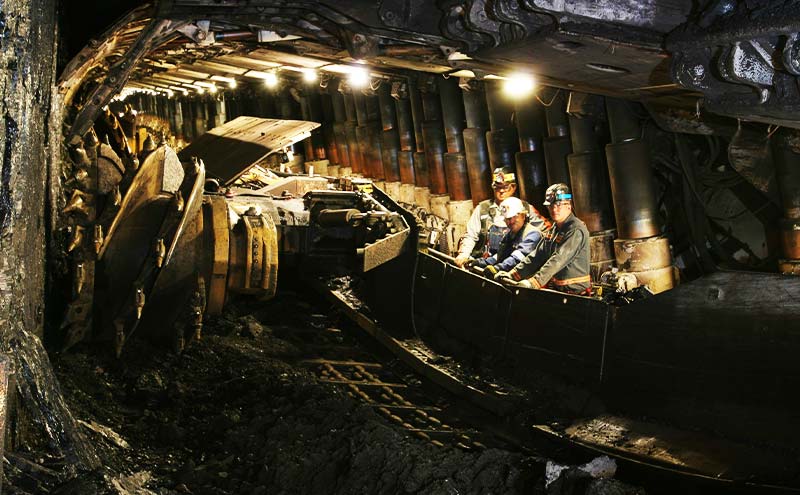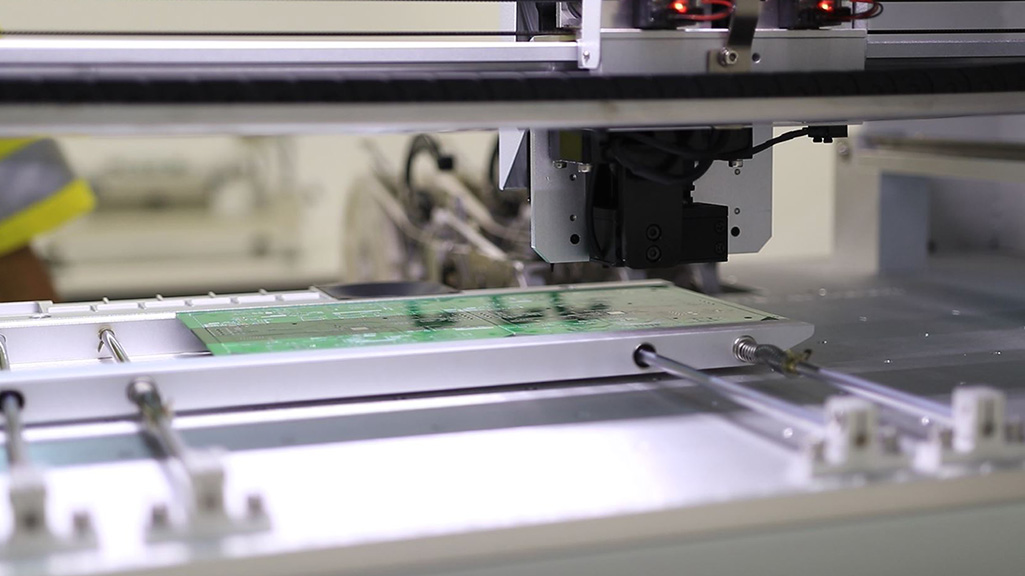Although there is plenty of talk and self-congratulation on evidence within the coal industry with regards to safety, the reality is that the South African coal mining industry is rapidly falling behind in good safety practices compared to the rest of the developed world.
An area that is severely lacking in stringent regulation is the requirement for emergency refuge in case of underground emergencies such as fire, fall of rock or in the event of miners being trapped underground. A best practice followed by most international mining houses in accordance with international mine safety regulations now stipulates the use of a comprehensive, standalone life support system within a completely airtight structure (refuge chamber) with redundancies including oxygen supply & air scrubbing for regenerative breathable air. It also requires air conditioning to control the build-up of metabolic heat and communication systems to ensure occupants have the best chance of survival whilst they await rescue. In contrast, South Africa has an outdated and inadequate regulation in Chapter 16 of the Mining Act that requires just a single airline from the surface for the supply of breathable air.
The United States and China – both large coal producers – have recognised that minimum standards for safe refuge are required to ensure that miners had the best chance of survival in an underground emergency; implementing the 2009 Department of Labour ‘Refuge Alternatives for Undermine Coal Mine Final Rule’ and the 2012 State Administration of Coal Mine Safety ‘General Requirements and Technical Conditions of Refuge Chambers for Use in Coal Mines’ respectively. Unfortunately, these changes have been reactionary; with lives lost during major mine accidents such as the Sago Mine disaster in West Virginia in 2006 (12 lives), the Upper Big Branch mine explosion in West Virginia in 2010 (29 lives) and over 2000 deaths annually in China. With these new regulations now in place, safe refuge is considered the norm in the US and Chinese coal mining industries and compliance is policed by their respective mines departments.
The push back in South African mining comes down purely to economics. The cost of a standalone, fully equipped refuge chamber can be anywhere from R600,00 depending on occupancy and duration. The overall cost to mining companies would, therefore, be considerable, as most would require multiple chambers to house all underground personnel. As a solution, South Africa can learn from China; where the Government legislated and gave coal mine companies a tax relief of 6 Renminbi (11 ZAR) per tonne to fund the implementation of effective underground safe refuge.
It appears we forget all too soon the major South African coal mine disasters like the Coalbrook Coal Mine in 1960 where 437 lives were lost, or the Hlobave Vryheid Coal in Kwa Zulu Natal in 1983 where 64 miners perished. Unfortunately, it will likely take another major incident with a large loss of lives and public outcry before the South African Department of Mine Resources considers catching up with the rest of the world.








